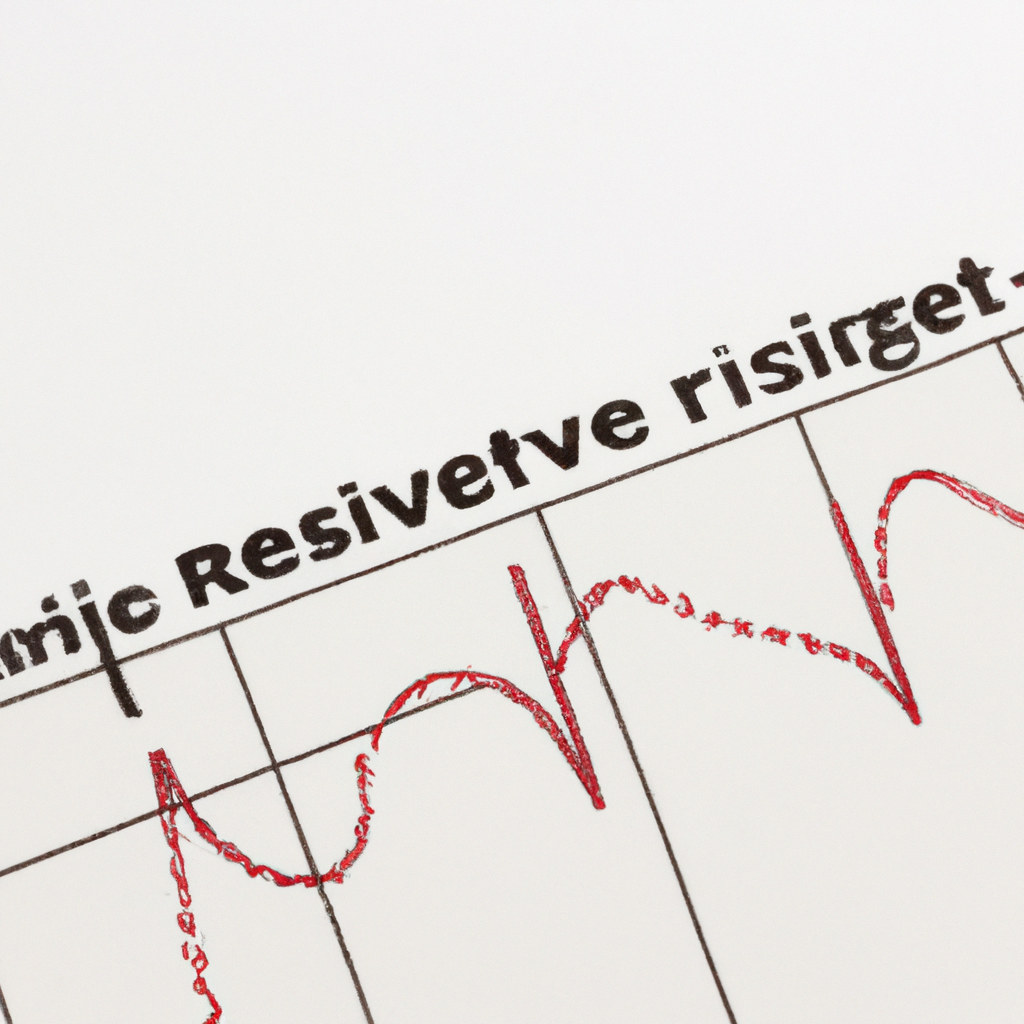
Identifying RSI Divergence
Relative Strength Index (RSI) is a popular momentum oscillator that measures the speed and change of price movements. One of the key concepts in using RSI effectively is identifying divergence, which occurs when the price movement and the RSI movement are moving in opposite directions. This can be a powerful signal for potential trend reversals or continuations. In this article, we will discuss how to identify RSI divergence.
Types of RSI Divergence
There are two main types of RSI divergence: bullish divergence and bearish divergence.
- Bullish Divergence: This occurs when the price is making lower lows, but the RSI is making higher lows. It indicates potential bullish momentum building up.
- Bearish Divergence: This occurs when the price is making higher highs, but the RSI is making lower highs. It indicates potential bearish momentum building up.
Identifying RSI Divergence
Here are the steps to identify RSI divergence:
- Plot RSI on the chart: Start by plotting the RSI indicator on your chart. The RSI is typically set to a 14-period timeframe, but you can adjust it based on your trading style.
- Look for price and RSI movements: Pay attention to the price movements and the corresponding RSI movements. Look for instances where the price is moving in one direction, while the RSI is moving in the opposite direction.
- Draw trendlines: Draw trendlines connecting the highs and lows of both the price and the RSI. This will help you visualize the divergence more clearly.
- Confirm with other indicators: It’s always a good idea to confirm RSI divergence with other technical indicators or chart patterns to increase the reliability of your signal.
Using RSI Divergence in Trading
Once you have identified RSI divergence, you can use it as a potential trading signal. Here are some ways to incorporate RSI divergence into your trading strategy:
- Entry signals: Use RSI divergence as a confirmation for entry signals. For example, if you see bullish divergence, consider going long on the asset.
- Exit signals: Use RSI divergence as a signal to exit your trades. If you see bearish divergence, it may be a sign to close your long positions.
- Risk management: Incorporate RSI divergence into your risk management strategy. Set stop-loss orders based on the confirmation of divergence signals.
Overall, identifying RSI divergence can be a valuable tool for traders looking to anticipate potential trend reversals or continuations. By understanding the different types of RSI divergence and how to spot them on your charts, you can enhance your trading strategy and improve your overall trading performance.





